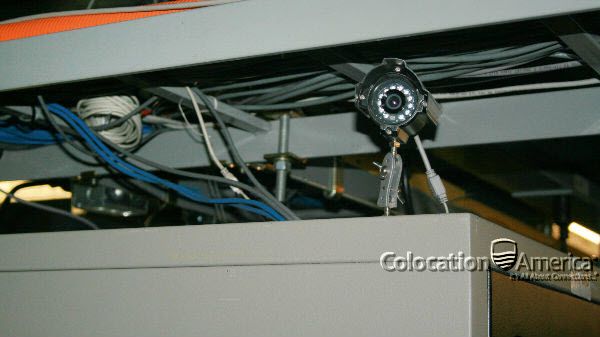
A Long Road for Data Centers in the Future Automobile Industry!
March 31, 2020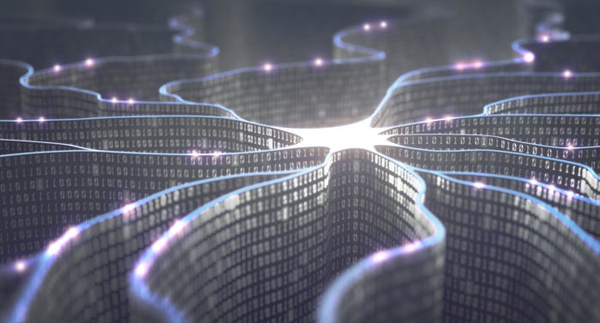
How Machine Learning Will Transform the Data Center
April 2, 2020If an organization hosts online infrastructure, it would most definitely also have a data center. It is usually a room filled with computers that host networks and remotely store and process data.
As one might have guessed, most companies have their data centers under high-security measures, and for good reason. Any unauthorized person entering the data center can lead to the entire organization being compromised.
Just imagine for a moment someone having unauthorized access to the data center of a large legal organization!
Data Center Physical Security
While in modern times the trend is to attack a server or network remotely to steal and access data, physical attacks can be equally dangerous. Since organizations that deal with delicate and highly confidential data are bound to place bleeding edge online protection measures, miscreants often attempt to physically access the vulnerable points of the data center in order to steal the data.
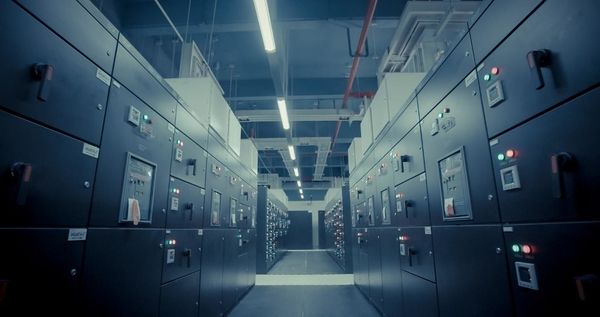
There is also the aspect of temperature and humidity levels and fire prevention measures. A data center hosts highly fragile machinery that requires a certain temperature to function at all times. Thus, various steps need to be taken to ensure that a data center is maintained under proper physical conditions.
If you had been planning to have your own data center up and running soon, then planning its physical security is of absolute importance. In this article, we will take a look at the primary parts of a data center that require constant security, and also go over the best physical security measures for a data center.
Vulnerable Points in a Data Center
The size of a data center is dependent on the size of the organization and its data usage patterns. But every data center has certain weak areas that are prone to physical attacks more than others. So, here is a list of areas where you should maintain high security at all times.
Wiring Compartment/Room
This is the area that hosts the wiring of the entire data center. Generally, this is where the alarm systems and firewalls are located. Hence, if someone was to attack it and shut down any of these systems a remote breach can be easily conducted. It can also be used to completely shut down a server manually. A breach of the wiring compartment/room is to be protected at all costs. Here are some steps you can take:
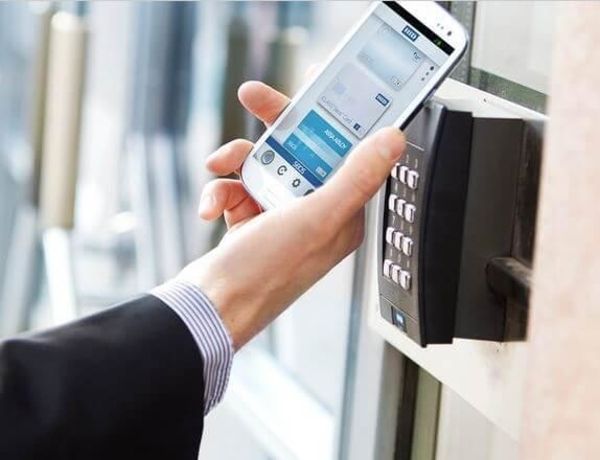
- The security system to the data center should allow entry for only authorized personnel.
- Some form of physical protection should be provided to the main wiring panels and other important systems.
- No inflammable items should be stored anywhere near the wiring compartment/room.
- The area must remain under 24/7 video surveillance.
- The wiring system should be properly maintained so that any changes to it can be easily noticed.
Computer/Server Room
This is where primary data activities take place. Be it hosting a network or storing data, the primary processes of a data center are performed by the machines stored here. Not only does this room need to be secure, but it also needs to be maintained under certain conditions. Here is a quick check-list for protecting the computer/server room of your data center:
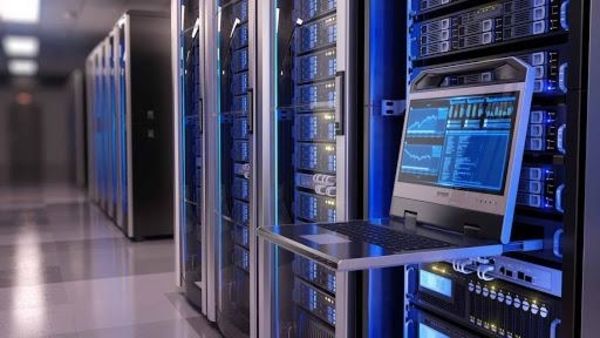
- No one other than administrative staff and maintenance personnel should be allowed within this area.
- Do not keep more than two entrances/exits to the computer/server room.
- The room must be maintained under constant CCTV surveillance.
- A backup plan should be in place in case of a breach.
- The room should have high ceilings, and the temperature should be maintained between 55o – 75o Fahrenheit.
- There should be humidity sensors and proper fire prevention systems.
Data Storage Location
You are most likely to use a RAID system to store your data. It is important that you not only store the data safely, but also ensure its availability, sanctity, and integrity at all times. This means the data storage facility will need heavy protection from physical attacks. Here are the steps you should take:
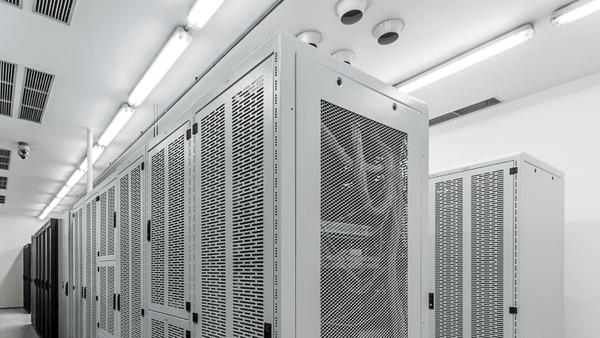
- Have a separate digital entry system installed to the data storage location that allows entry of only authorized personnel.
- When building your data center place the data storage location in the most secure of places, preferably somewhere in the interior sections.
- As usual, the room needs to have 24/7 CCTV surveillance.
- All the data should have a remote server backup.
- Routine checks of the temperature and humidity levels of the room need to be maintained.
Further Security Measures
While these are the specific measures to take when guarding different areas of your data center against a physical attack, there are some basic protocols that you must have in place at all costs. Here is a list of must-have security measures:
- A digital system must be in place outlining the activity and movement of all involved personnel. No one should enter or leave the data center without notifying a system. In other words, you should always know where the people are in your data center.
- The more systems you have in place, the better your security is. It is better to have a layered security system than a straightforward one. Have multiple systems in place at each level of the data center instead of a singular central system.
- Training the staff is of absolute importance. If the people employed within the data center are aware of how important their roles are, and the gravity of the security placed within the area, then your entire security system will also be stronger. A good screening process also needs to be conducted before placing staff in the data center.
- Internal testing is the best way to understand whether your data center will actually hold up against a physical attack. Conduct routine tests and evaluate the strength of your security system.
Data Center HVAC Key Aspects
Heating, ventilation, and air-conditioning (HVAC) is a necessary process for all indoor digital systems that house a large number of devices. Every country has its own guidelines regarding the HVAC levels of any digital system, and they should be adhered to by all organizations. Furthermore, the process of maintaining the low temperature required for a data center can be a costly process, so it is better to plan ahead and save on budget.
A large amount of water is required to cool a data center, so it is also important to use this resource with a conservational approach. There should be systems in place to reuse as much water as possible, and also to conserve the released water vapor.
Data Center Fire Safety Protocols
While the number of cooling systems placed within a data center should not allow for a fire to take place, even a tiny spark can result in the entire system’s safety being compromised. So, it is important to adhere to strict fire safety protocols in your data center.
- Fire/smoke sensors should be installed throughout the data center.
- Employ modern fire alarm systems that can extinguish fires without harming the machinery.
- All employees should be aware of fire safety protocols and an evacuation plan should be in place.
- All wiring used should be fireproof.
A data center in your organization contains and processes the data as well as hosts networks and servers. So, when planning the creation of a data center its physical security protocols take primary importance.
There are certain areas of the data center such as the wiring compartment, the computer/server room, and the actual data storage location that are considered to be high-threat areas. Individual safety measures (as mentioned above) need to be taken for these areas. Apart from these areas, the entire data center should feature state of the art security measures such as entrance and exit check-in systems, CCTV surveillance, remote backup plans, etc.
It is also important to train the staff in a proper manner and to ensure that they understand the gravity of their roles. Furthermore, there should be constant internal testing of the security measures in place.
All data centers require a certain cooling level in order to function, so the humidity and temperature need to be monitored and controlled at all times. Additionally, strict fire safety protocols should be maintained within the facility.
In this age of data ensuring that your organizational data is kept physically secure should take top priority alongside digital security. The more secure your data is the more your trust factor will increase with the clientele. Hopefully, this article was able to present an overall picture of the physical safety measures required within a data center.
